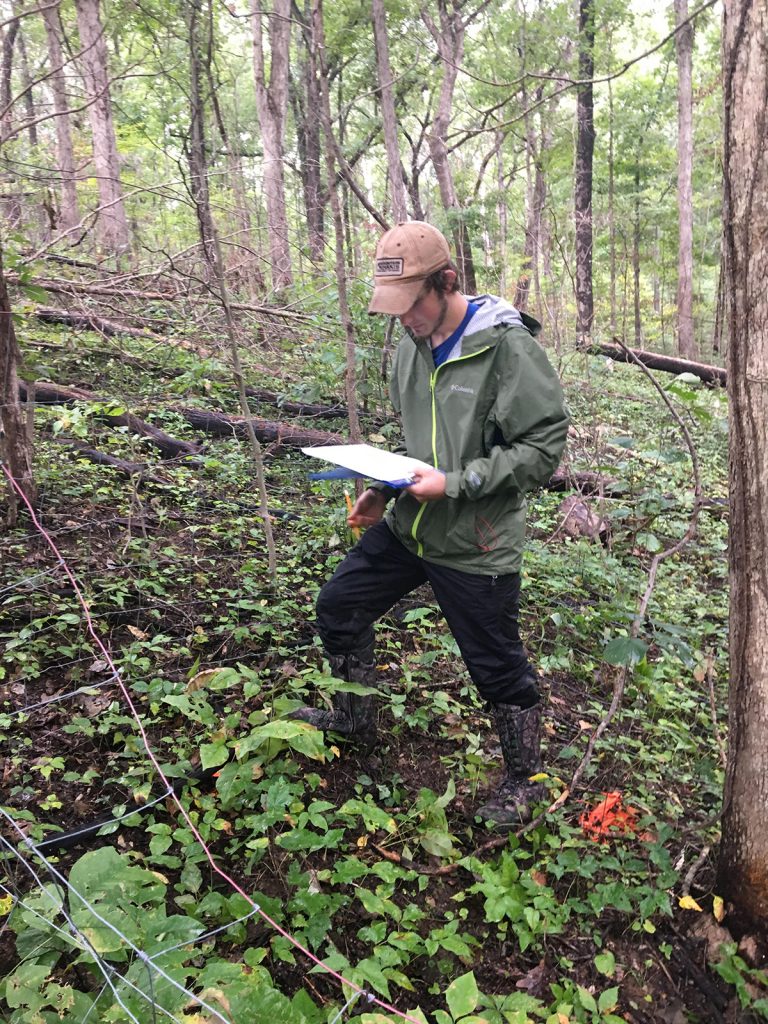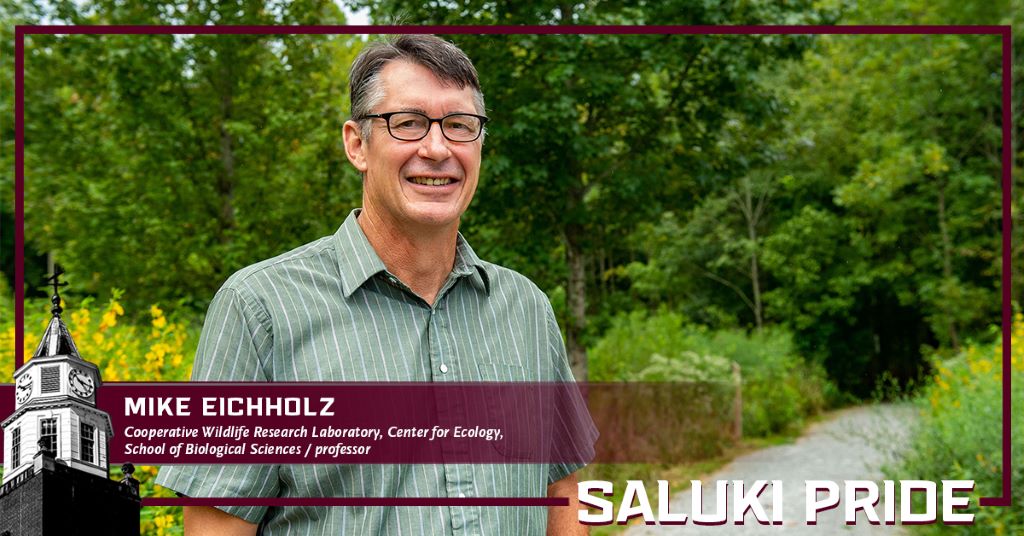
Managing diverse ecosystems is no easy feat. And in the Midwest, deer can make it even tougher. That’s why a team of student and faculty researchers at Southern Illinois University Carbondale are hard at work determining the true impact deer have on forests, and what can be done about it.
Deer overpopulation can harm forests
Kyle Yorke, a junior in the forestry degree program, has spent the last three years looking at the relationship between deer and the forest in southern Illinois. Using the Trail of Tears State Forest as the testing land, Yorke is spending his free time carefully analyzing the development of oak and hickory saplings to determine how deer influence the growth.
The research is part of an ongoing project managed by Clay Nielsen, professor of forestry and the cooperative wildlife research laboratory at SIU, who is looking at the big picture of deer influence on forests. Nielsen has studied deer throughout North America for nearly 25 years and is a member of the International Union for Conservation of Nature (IUCN) Deer Specialist’s Group.
“Deer are having a huge negative impact on forests throughout the eastern and Midwestern United States,” Nielsen said. “Deer numbers are at record highs. Deer like to eat young trees, so you can see where the conflict is there.”
Comparison of different plots of land provides insight
Yorke has two main objectives related to this project. First, he is working to measure the density and height of oak and hickory seedlings within a fenced plot that keep deer out, compared to an unfenced plot.
The second part is comparing the growth of these trees between different forest management units. This allows Yorke to determine how deer impact the tree development while also understanding how the impact might vary depending on other forestry practices.
“Typically, we see more oak regeneration going on in the fenced plots, because the deer like to nibble on these little oak seedlings,” Yorke said.
Yorke is also monitoring the impact common forestry practices, such as prescribed burns, overstory removal and deforestation, have on the oak and hickory seedlings. Overstory is the highest level of vegetation in a forest.
“There are some differences between each of the management units as well,” Yorke said. “We are seeing more oak regeneration in certain units, so I can tell just by doing this research that those management systems are making a difference in oak regeneration.”
Trail of Tears serves as an example for other regions
The deer and forest relationship is not just a local topic but is one if national importance. The research team, which also includes Eric Holzmueller, professor of forestry at SIU, and undergraduate forestry student, Peter Millsap, have focused their attention on the Trail of Tears region, as it serves as a representation for other forests.
The southern Illinois region is serving as an example for other regions and allows us to get insight into how deer are playing a role in whole forest regeneration, Nielsen explained.
While the project has been underway for some time, the team is gearing up with a big picture perspective for the future.
“The goal of it is to be a long-term study,” Nielsen said. “We are trying to study deer impacts on forest, but those things don’t just happen in one year of time.”
Restoring oak and hickory forests
As the research continues to develop, the goal is to equip forest managers with the right information to protect valuable ecosystems.
“The overall goal is to help foresters and wildlife managers restore oak and hickory forests, because right now those are kind of disappearing,” Yorke said.
The forestry degree program at SIU is fortunate to have received funding from the Mcintire-Stennis Cooperative Forestry Research Project for various research projects in the past. This deer herbivory study also received funding, as it fits with the overall goals of the project to effectively understand the relationship between forests and humans.
REACH scholar
In recognition of York’s research, he received a 2018 REACH award. This allows Yorke to further develop his work while using it as a platform for his future.
“(Yorke) has been a great student and he is on his way to doing great things, and this project is going to help that,” Nielsen said.
Two years ago, Yorke spent his summer surveying wolf populations in Idaho, and last summer he was in the Southern Appalachians researching bear populations. Now with this deer research, Yorke is prepared to move on to his future goals of graduate school and other forestry practices.







